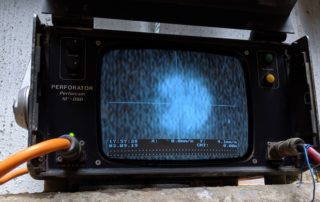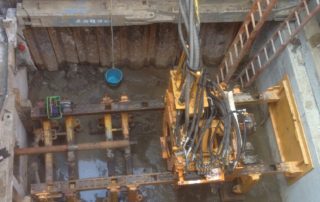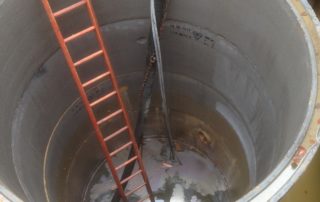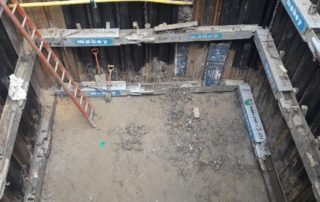
HOTHFIELD COLLAPSED FOUL WATER SEWER RESOLVED BY GUIDED AUGER BORING | CASE STUDY
PROJECT CLIENT:
CAPPAGH BROWN UTILITIES
PIPE DIAMETER:
Ø 406 mm & Ø 323 mm
GROUND CONDITIONS:
VERY SANDY SILT & SAND POCKETS
PIPE MATERIAL:
STEEL WITH CIPP LINER & HDPE SDR 11
INSTALLATION MACHINE:
GAB85V GUIDED AUGER BORE WITH OPTICAL
GUIDANCE SYSTEM
PROJECT OVERVIEW
The scheme formed part of a new foul sewer construction replacing existing pipework which had collapsed necessitating emergency over pumping between existing manholes. All work including the construction of shafts, and installation of new pipeline connections in shafts and reinstatement was to be undertaken by a single contractor.
DESCRIPTION OF WORKS
Southern Water’s original design included Vitrified Clay but due to lead-time Allen Watson proposed change to sacrificial steel sleeve with fully butt welded joints then lined with an approved uPVC sewer.
Cappagh Construction undertook excavation of drive and exit shafts along with attendance on Guided Auger Bore operations, once pipework was installed between shafts Cappagh Construction made final connections prior to backfilling and reinstatement.
From shaft No.2 Allen Watson accurately installed 92metres 406mm diameter steel sleeve using their GAB155v Guided Auger Bore. Ground encountered was very sandy silt with sand pockets and due to near constant rain the water table was higher than expected making pilot boring far more difficult but despite additional challenges this arrived in the exit shaft as required. After piloting, the 406mm steel sleeve was augered through the ground with each butt-weld Dye Penetrant Inspection (DPI) tested. Following sleeve installation a DN300 Funke Gruppe HS Drainage sewer was slip lined into the steel sleeve.
The DN300 was positioned with EPDM bushes designed by Allen Watson’s engineers to restrain the HS pipe during the intended grouting operation.
Following placement of HS pipe and air test, the annulus was fully grouted providing total support to from end to end. Simultaneously to auger boring work within shaft No.2, Cappagh undertook excavations at positions No.1 forming 2.40mØ PCC drive shaft and No.3 and No.4 exit shafts. Due to limited working space at these locations a combination of traffic management with partial road closure was required although throughout entire process the village shop and Post Office access was maintained allowing daily business and minimising inconvenience.

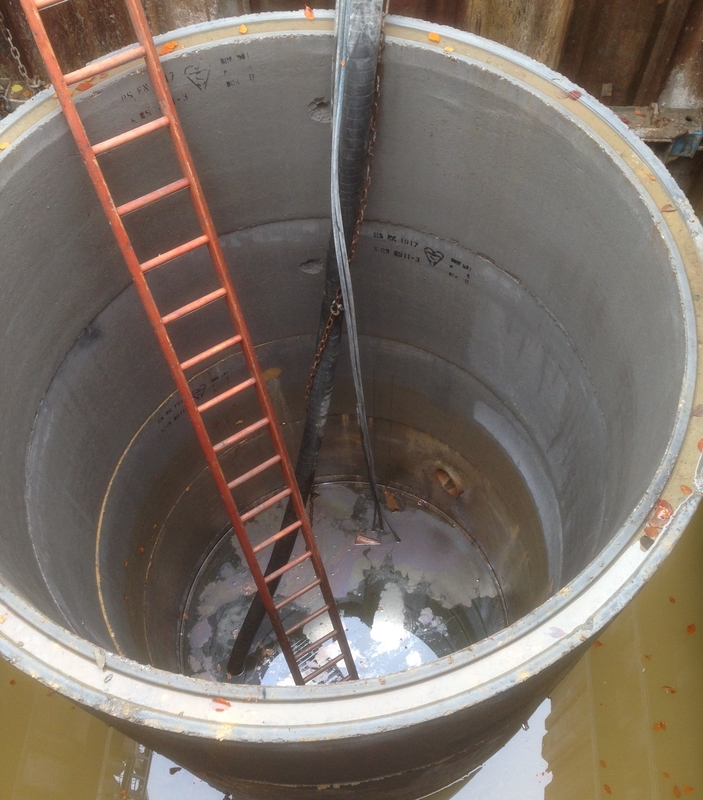
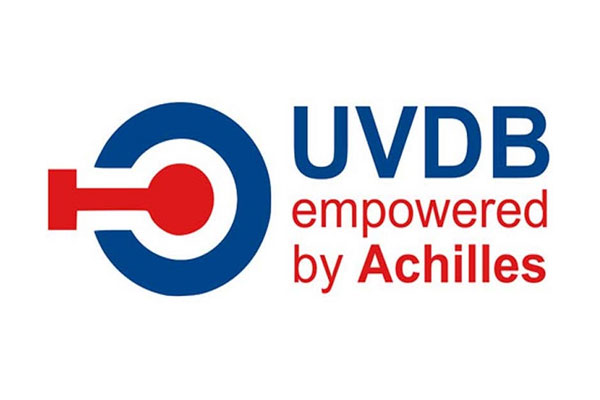


allenwatson.com
